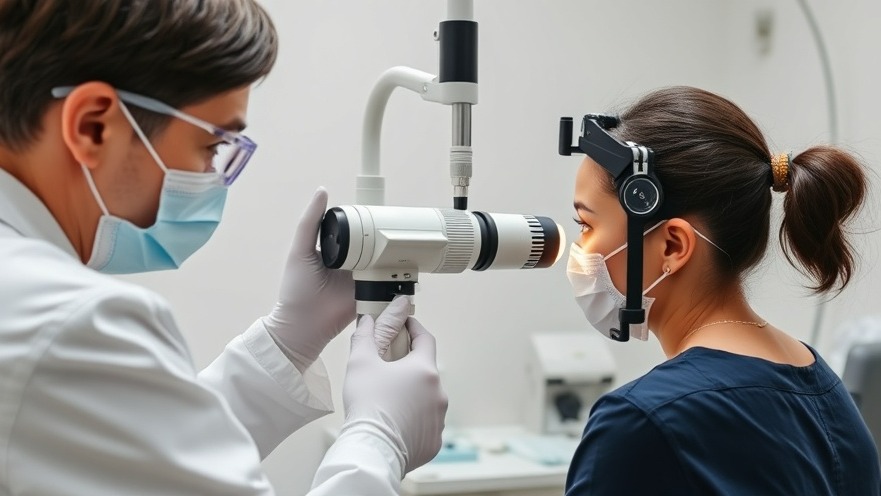
Understanding Dangerous Neuro-Ophthalmology Mimics
As healthcare practitioners, especially in the concierge medicine space, understanding the nuances of neuro-ophthalmology is crucial for providing comprehensive patient care. In a recent presentation at the Hawaiian Eye 2025 meeting, Dr. Andrew G. Lee spotlighted how specific pupil and eyelid conditions can indicate life-threatening issues.
Eyes and Lids: A Window to Neuro-Ophthalmological Health
The correlation between the pupil and lid behaviors reveals significant health insights. For example, a "big pupil and big ptosis" (drooping of the eyelid) could suggest an aneurysm, an urgent medical scenario. Conversely, a "little pupil and little ptosis" often suggests Horner syndrome, a condition that requires swift diagnosis and management.
The Wide-Reaching Effects of Prompt Recognition
For practices focused on patient connection and comprehensive care, this understanding translates directly to improved outcomes. Recognizing these signs not only enhances the level of care but also nurtures stronger patient relationships as practitioners demonstrate vigilance and responsiveness.
Connecting Neuro-Ophthalmological Findings to Patient Care
Incorporating knowledge about such neuro-ophthalmology signs into your practice can foster a proactive patient culture. When patients notice you’re attentive to critical changes—even in something as seemingly minor as their pupils and lids—they feel valued and connected to their healthcare journey.
Building a Strategic Approach to Healthcare Excellence
Your concierge practice can leverage knowledge of these conditions not only as a way to enhance patient health but also to establish your reputation as a leading provider of comprehensive care. By focusing on unique health insights and nurturing deeper patient connections, you position your practice as a pillar of health expertise in your community.
 Add Row
Add Row  Add
Add 






Write A Comment